

When Designing and decorating, designers add decorative features that mimic architectural supports from older houses. One feature is a corbel, which is usually a triangle shaped piece of metal or wood designed to assist in holding up a beam or part of a wall.
As an architectural device, corbels have a long history. The word “corbel” derives from the Latin word for raven and from the French word “Corbeau”, or crow, in reference to the corbel’s resemblance to a raven’s or crow’s beak. Early uses of corbels date back to Neolithic times, and is common in Medieval, classical, gothic, Chinese and Hindu architecture. Traditionally, corbels were often elaborately carved and decorated. The term ‘corbel’ refers to an architectural member that projects out from a wall and acts as a type of bracket to carry weight, such as that imposed by a balcony above. Corbels are built into walls to a depth that allows the pressure on the embedded portion to counteract the load on the exposed portion. The common usage for corbels was for support.

Victorian houses used a lot of hand carved corbels in exterior and interior decorations. Traditionally and historically, they were carved out of stone, timber or metal. Corbels served both as a functional and an artistic purpose. These design features are specifically crafted to support heavy weights such as projections of Bay, bow or Box window .Or at times used under the Cantilever passage projections of Residences, Palaces, outside balcony Projection or over the entrance of the residential buildings. As such, corbels were often used in place of simple shelf brackets when the load that they beared was great. Corbels added architectural interest to a building and were in the wide variety of the sizes, shapes, and designs.

The earliest forms of corbels were used on medieval cathedrals. These were architectural as well as intentional. Many corbels were carved into images such as frightful faces and dragons. Adding these to the walls were thought to ward off evil which was especially important for churches.
The use of Beautiful Corbels in Indian Architecture is worth noticing as in the palaces of Jaisalmer and Jaipur .The ornate oriel windows or the Jharokhas have richly carved stone corbels to support the projecting windows in the Architecture of Palaces in India .
While there may be hundreds of corbels to pick from, they all come from three basic styles. Mission corbels are boxy but simple, taking their name from Spanish missions and the slightly southwestern style they present. Traditional corbels are unadorned and used for structural support. Classical corbels reflect the old-fashioned Victorian styles and are highly carved and elegant looking.
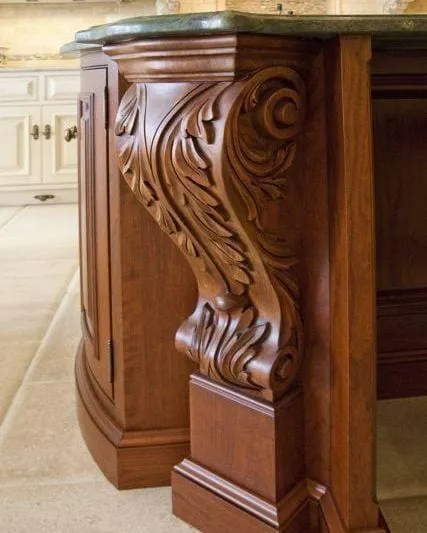

There are many materials today’s corbels are made of. Most interior corbels are made of wood. Some can be made of manufactured materials such as laminate and are made to look like wood. Other corbels can be made of metal and used for decorations or even light fixtures. Speaking of light fixtures, some corbels can even be lit, adding additional lighting in dark corners. Stone corbels are still used in some places, but mostly in large buildings.
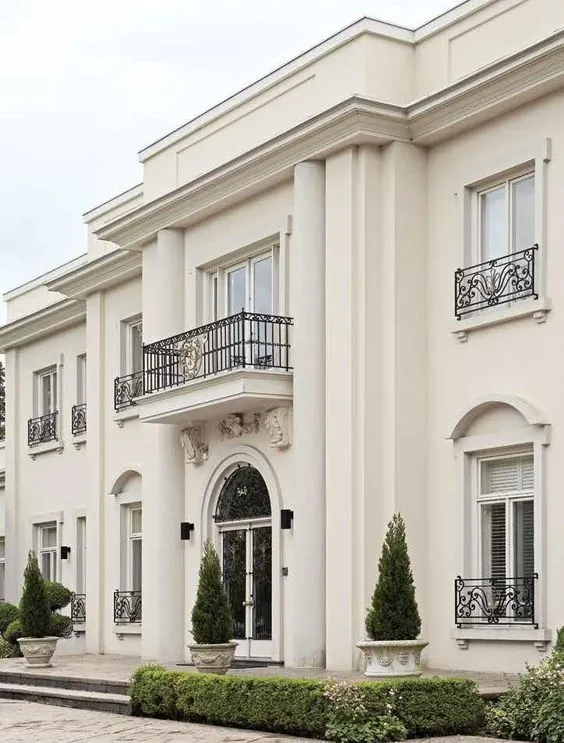
Corbels added beauty and served as focal point to the architecture of the building as well as support to the structure of the building. If adding corbels to your exterior decor is not an option, look at adding them inside as a beautiful architectural detail. They are a great way to frame and visually anchor a room, window or doorway.
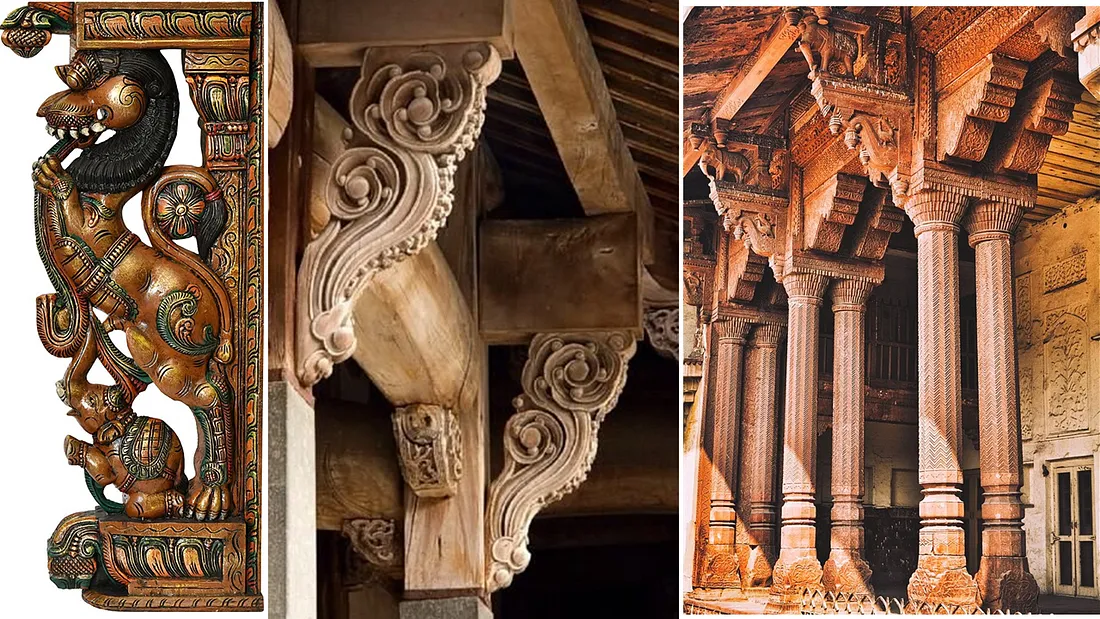
Sometimes referred to as cornices or brackets, today’s corbels aren’t as fancy as previous corbels. They still serve a purpose though, whether decorative or supportive. Some designers choose to use vintage corbels found in antique stores and other places, which offer an antique look to even the most modern of houses.
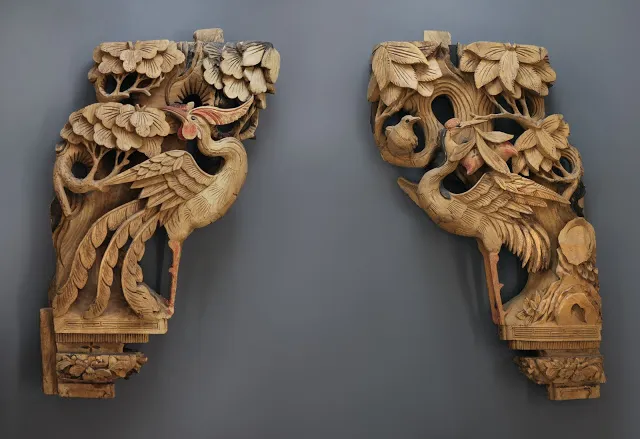
Qing Dynasty Wooden Corbels
Today contemporary designers are incorporating corbels in contemporary ways in Interior Design of spaces and they are utilizing corbels made from wood rather than stone versions as they enhance the beauty of interiors.
A home’s character is often defined by its details — the woodwork, trim, lighting choices, paint colors, etc. Unfortunately, adding details to a home usually takes a backseat to the basics, leaving a limited budget for these fun additions. One detail, however, that while small, makes a big impact is a corbel! A corbel is typically a piece of carved wood or stone that is used to structurally support another object — basically, they are a fancy type of bracket. Decorative replica corbels might even be made of resin or plaster. But whether you use a structural or decorative corbel, you won’t believe how many uses there are for them around the house!
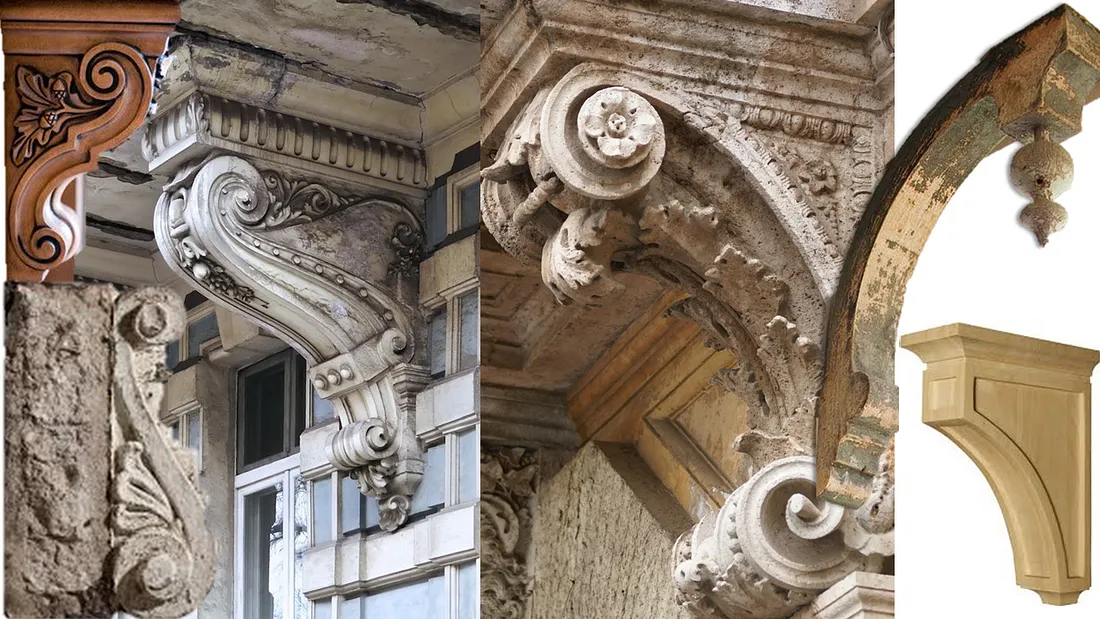
Let’s have a look at few of the uses of Corbel in Design :
1.Use decoratively carved corbels as supports for kitchen counter overhang. They add a lot of elegance and interest to the space.
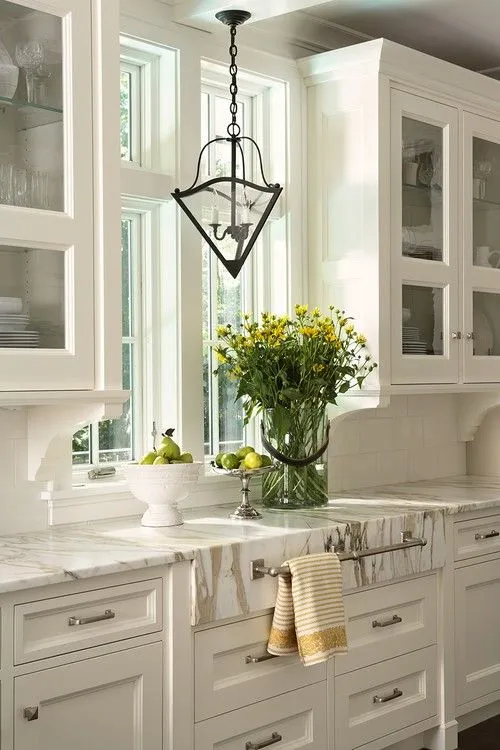
2.You can give your Kitchen cabinets a custom look by adding corbels at the end of each cabinet that tie into the backsplash.
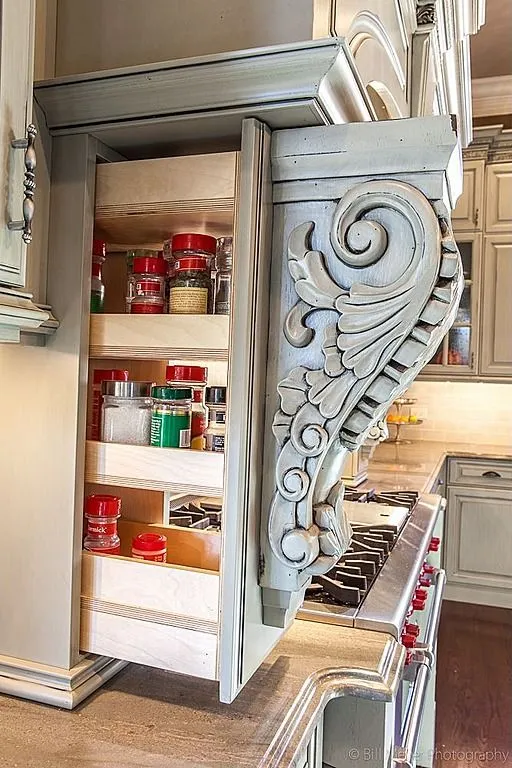
3.You can add an amazing idea for spice storage in the kitchen. If you already have a dividing wall that protrudes, why not make it functional with a pullout to get an extra storage?
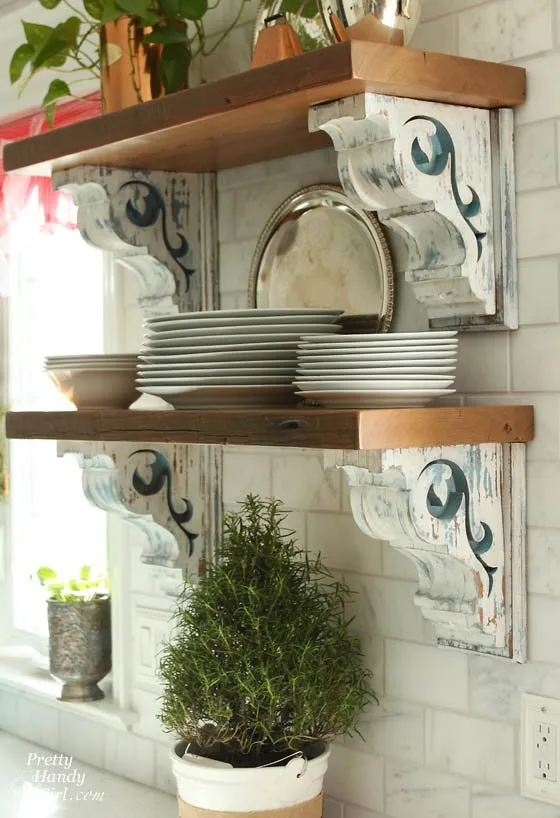
4.Transform ordinary shelf brackets with use of corbel into more interesting and with a completely changed look of the shelving.

5.Consider mounting large corbels to the wall and adding a glass or wood top!
6. Ordinary entryway is instantly transformed to extraordinary with the addition of some amazing corbels under the beams as Frames !
An entryway to a home or just to another room in the home can be improved by positioning a pair of corbels on either side. Use a pair of corbels the same width and finish (stain or paint color) as the frame of a doorway to really dress it up. Simply place the corbels at the extreme top corners of the frame. For interior entryways you can position the corbels facing each other — beautiful!
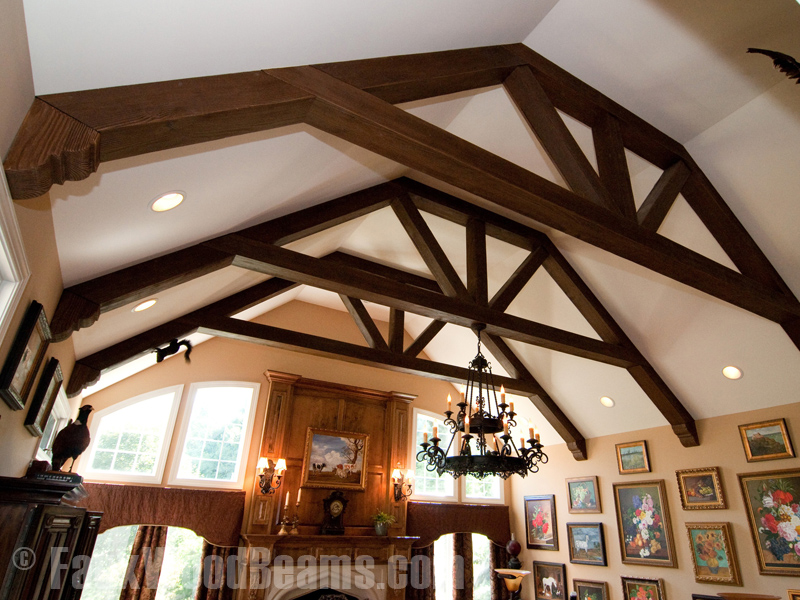
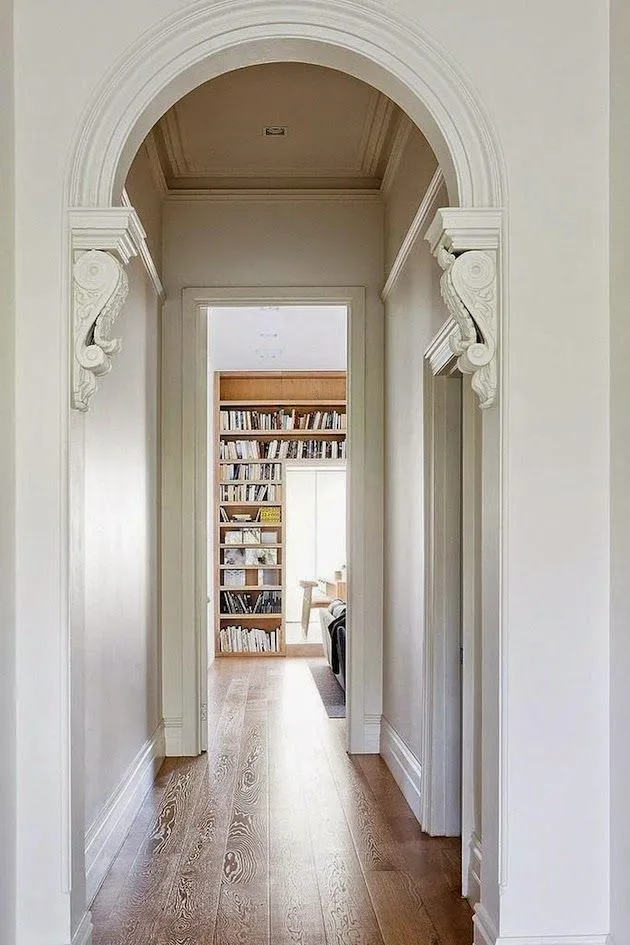
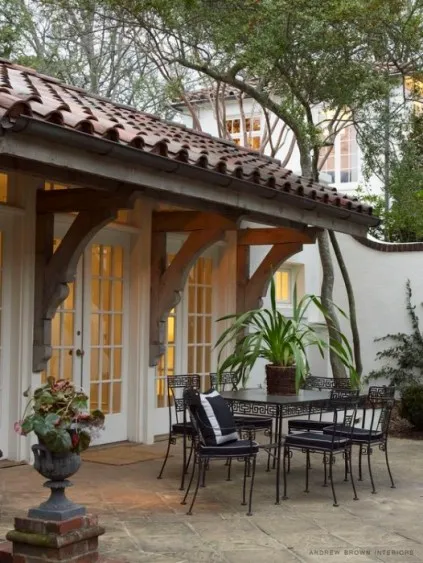
7.The beautiful shape of a corbel lends itself to creating architectural interest wherever it’s placed.
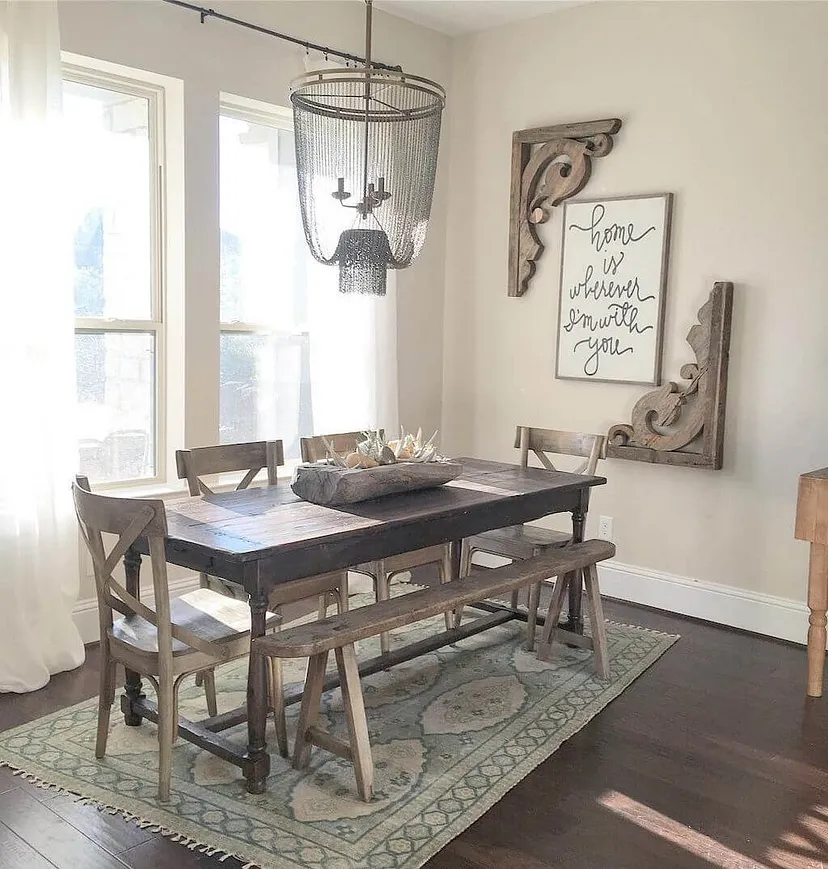
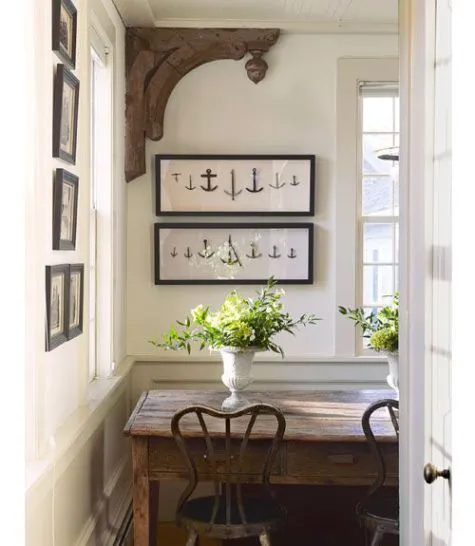
8. As book supports or as stand alone shelves .Corbels make dramatic and effective bookends that can showcase a small table, or they also work on a bookshelf. Use one corbel to support a row of books that extends to the wall of the bookshelf, or use two corbels and sandwich books in between them.
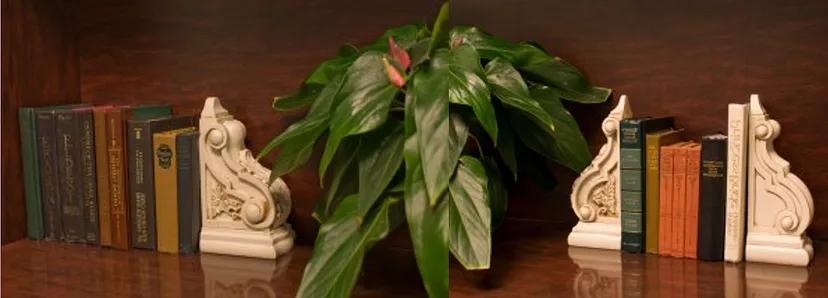
9.Use a single corbel to display one cherished item, such as a trophy, a framed photograph, or other piece of artwork. Even the simplest everyday things, if placed on top of a decorative corbel, suddenly become a showcase that attracts attention. Placing a plant, a candle or just about any decorative object on the top of a corbel can be enough to add personality to any room.

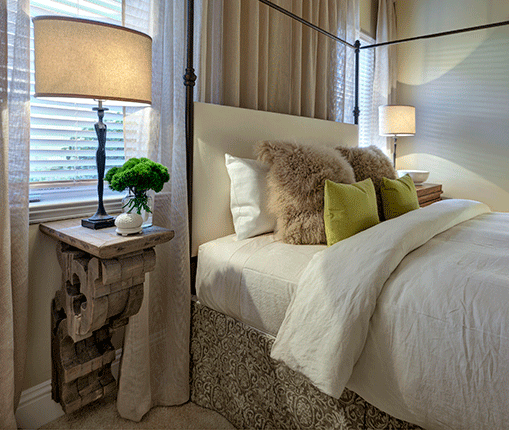
While corbels can enhance almost any room, they are more commonly found in kitchens as supports for countertops, cabinets, or stove hoods, you’ll also find corbels supporting fireplace shelves and heavy bookshelves elsewhere in the home. Large corbels can also make an appearance as supports for balconies on a home’s exterior wall. Indeed, the many choices in corbel designs have resulted in their popularity in more places than ever before.
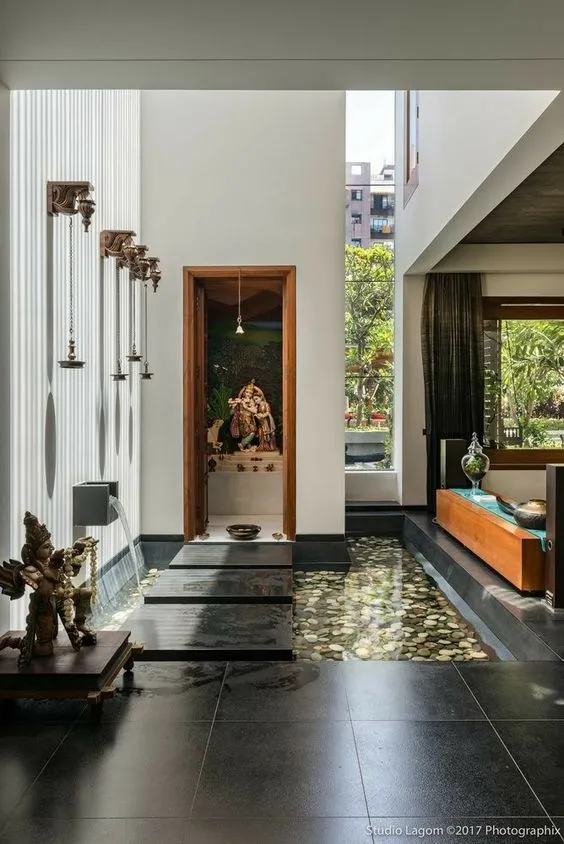
Whenever we are choosing wood corbels for our home or any design, we need to focus on the function: are the corbels more to support a heavyweight, or the intention is to use the corbels as decorative device? If your primary purpose is to use corbels to support a massive countertop, shelves, or similar weight, then you will need to pay special attention to the corbel’s size and composition. To accurately provide support, the top horizontal surface of the corbel must extend underneath to at least the halfway point of the shelf or counter that it is holding up, and it is even better if the corbel extends a bit beyond the halfway point.

When placing corbels beneath a countertop, focus on the depth of the corbel. Corbels supporting a countertop should measure at least ½ of the overhang’s depth. However, these corbels gain visual appeal with larger dimensions. Corbels that measure ⅔ or ¾ of the overhang’s depth provide both better looks and extra support. For example, a countertop with a 12 inch overhang requires supporting corbels that are at least 6 inches deep, but feel free to use 8 inch or 9 inch corbels to enhance the countertop appearance.

Corbels used to brace shelves must measure at least ⅔ of the shelf’s depth in order to properly support the shelf. However, it is recommended to support a shelf with corbels measuring ¾ of the shelf’s depth, as this creates better support and visual appeal.
Now my mind is racing with ideas on how I could use these amazing corbels in my designs !
You too go ahead and start using the corbels in design and see the magic in the interior Design and Architecture .

The author of this article is Dr. Vinita Mathur (vinita @dezyneecole.com),she is an esteemed educationist, and the visionary owner of a prestigious college ,Dezyne École College . Her intellectual prowess, dedication to education, and innovative leadership have made her a prominent figure in academia and a source of inspiration for countless students and educators alike.
Through her scholarly pursuits, educational leadership, and commitment to empowering students, she has left an indelible mark on the educational landscape.